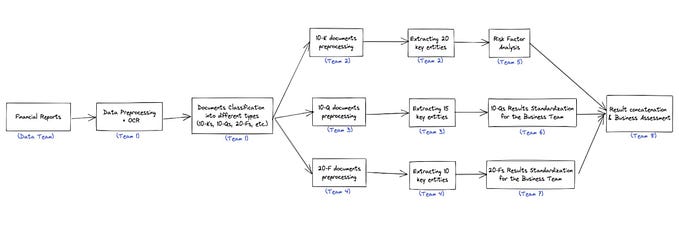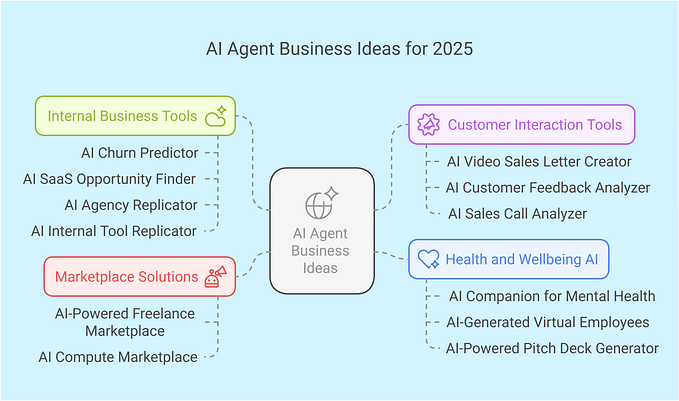Enterprise Intelligence Hub: A new impetus in your Data Strategy

The Covid-19 pandemic has taught us all valuable lessons on a personal, societal, and global level. Over these past few months, I’ve done some self-reflecting of my own, but I also wanted to reflect on what Covid-19 will mean for businesses and IT, especially enterprise intelligence, the learning at speed.
McKinsey & Company’s “Digital Strategy in a time of crisis” (April 2020) encapsulates a couple of key lessons that I found to be particularly relevant for businesses and IT. The first relates to the idea that the one who learns the fastest wins. More consumers are providing information about themselves to businesses through digital means. McKinsey highlights that Covid-19 is the first global crisis that allows you to collect and evaluate real-time data about your consumers, and this calls for the need to learn from this data more quickly. The company that learns fastest from data that their customers provide can prescriptively and proactively win the satisfaction of their customers and, of course, accompanying market share. The second is that time is of the essence. Since there is added pressure to learn customer data quickly, this means that setting up IT initiatives to facilitate quick learning must be done more quickly as well. Companies cannot afford to spend years or even months trying to set up the needed IT capabilities to support this. The timeline needs to be accelerated to mere weeks. The only way to accomplish this is to acquire the IT platform and knowhow rather than bespoke development. I now want to take these key insights and apply them to something that is called the Enterprise Intelligence Hub.
To learn from the data your customers are providing, you need the right information architecture and technology platform to collect this data and to use it to support learning at speed. Of course, many companies have been digitizing and collecting data for a long time through their business automation processes since the invention of computers. But, this data is in their data islands in the respective business automation processes such as CRM, Billing, ERP, Claims, etc. Some companies have, for years, implemented data warehouses, data marts, and all kinds of analytical data stores to consolidate data from these data sources to generate business reports and intelligence. Although these reports and intelligence are necessary for running a business to understand the current status, comply with regulations, or to test some business hypothesis, they definitely do not support learning at speed to be competitive. In this new world, to compete, you need to be prescriptive and proactive, never reactive. And it would be best if you were fast.
To learn at speed, you need machine learning. And machine learning works best when you have a centralized place where your data is stored, such as a data lake, and it can access data organized in a form that it can learn from, e.g., ontologies, or a knowledge graph. Machine learning generates a whole new game-changing intelligence layer in digital form that you can execute in real-time, i.e., artificial intelligence (AI). AI is the technology that will drive the next level of business automation in your company that delivers massive productivity. As stated by Gartner and TDWI, companies need an enterprise data hub, or enterprise data bus, which can create visibility to all the data, centralize the control, and provide diverse views for business and IT purposes. More importantly, nowadays, the enterprise data bus needs to provide the ontologies that enable machine learning at speed and produce intelligence that will transform your business.
Now that we have introduced enterprise data bus and ontologies to support machine learning at speed, and inject AI to your business automation, there are a couple of significant components still missing. The first is you better make sure your enterprise data bus has as much data as possible. Many companies have managed to digitize their business information into a structured form to drive their business automation, and this data is readily ingested. There is much more data that is not in a structured form and not digitized. It is hidden in scanned documents, in other images inside your company, or external social media platforms. These data sources could contain more than 80% of your customer data that you have not leveraged and learned from. You need a “smart” ingestion engine to capture data from these sources and make them available in the enterprise data bus to get as complete a view as you can about your customers and business.
Another critical component you need is a master data management (MDM) solution; otherwise, your data may not be trusted. The last thing you want is to learn quickly based on untrustworthy data — garbage in garbage out! If you have a customer record, David Smith that lives in 1 Main Street, and another customer record, Dave Smith that lives in 2 Main Street, both these records will pass all kinds of quality tests until you bring them into MDM. MDM will be able to help you determine whether these two David Smith and Dave Smith are the same people, and if yes, which address is correct, or are both right. Without MDM, you might think you have two separate customers instead of just one; you may lose out from the fact that David is rich and has two addresses; or worse, you may send David’s sensitive information to his neighbor. You might say this kind of customer data anomalies does not happen that much in your company. Well, it does, and when it happens, it is always your VIPs (own more than one product) or customers who want to commit fraud (hiding identity). Gartner states that MDM is now a mainstream solution in its hype-cycle chart. If you do not have one, you need to have one soon, if you expect to compete and survive in this new data-driven world.
Great! Now that we have a smart ingestion engine, MDM, enterprise data bus, ontologies, and machine learning, to enable your company to collect all data, make it trusted, make it available in a centralized platform, and to create a knowledge graph to drive the learning of your business at speed, we are all set. I call this the trusted Enterprise Intelligence Hub that will enable your company to learn quickly and win — the next frontier to business automation that is infused with AI.

But, how do we get started and where do we start. Each one of those components mentioned in the Enterprise Intelligence Hub is hard to implement and takes a lot of time, effort, and skills. Some companies take months, if not years, to decide on each of these components. When you combine all of them, it is a long process to get all these working together. Coupled with the fact that technology half-life is probably less than five years and shrinking fast, technology skills half-life is way shorter, and the availability of skilled resources to do this is suspect. For big companies, putting all these together is a gigantic task riddled with time, risk, and cost. For smaller companies, without the skills, resources, and investment, it is basically an impossible task that is out of reach. You can forget about quick learning and winning!
Well, it is time for an innovative technology provider to put all these components in an Enterprise Intelligence Hub together and make these capabilities easily available as a service, 24X7, in the cloud for you. Something that companies can acquire instead of building their own. Combining Enterprise Intelligence Hub with service expertise on data management and advanced analytics that companies big and small can engage and subscribe to, this can be a big game-changer. This Enterprise Intelligence Hub approach lets companies concentrate on usage and drive business transformation to deliver better business outcomes faster than competitors. Companies can learn quickly, differentiate, disrupt, and be agile. Why learn quickly? Because it is all about winning!
For big companies that can’t seem to get their information architecture in the right form and quickly enough or, smaller companies that don’t have the resources, to learn quickly and inject AI to business processes: it is time to check out the Enterprise Intelligence Hub by Mastech InfoTrellis.
Originally published at https://blogs.mastechinfotrellis.com.








